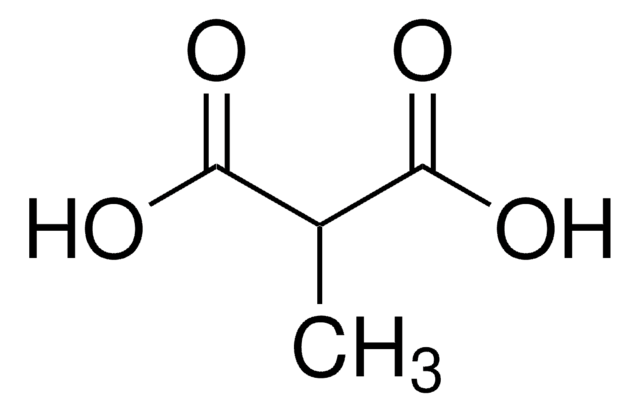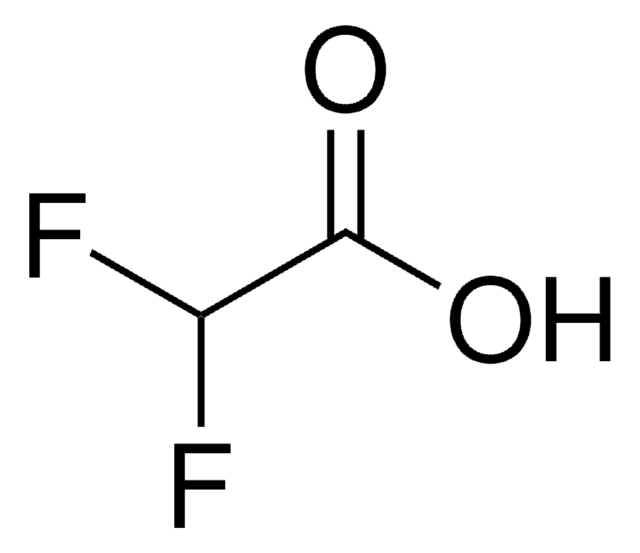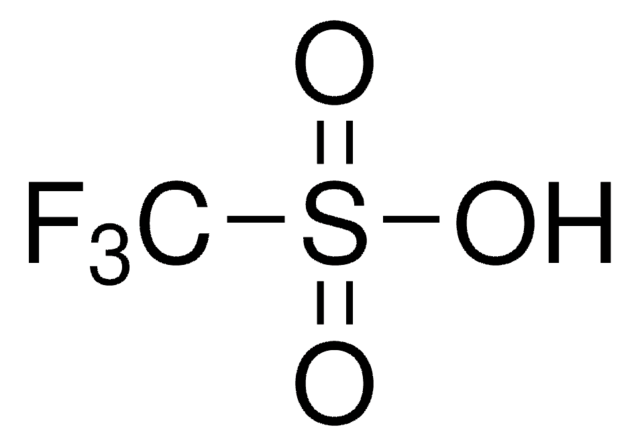349275
Gold
foil, thickness 0.05 mm, 99.99% trace metals basis
Synonym(s):
Gold Powder, Gold black, Gold element
About This Item
Recommended Products
Quality Level
Assay
99.99% trace metals basis
form
foil
resistivity
2.05 μΩ-cm, 0°C
thickness
0.05 mm
bp
2808 °C (lit.)
mp
1063 °C (lit.)
density
19.3 g/mL at 25 °C (lit.)
SMILES string
[Au]
InChI
1S/Au
1 of 4
This Item | M54058 | 142859 | 158534 |
|---|---|---|---|
| Quality Level 200 | Quality Level 200 | Quality Level 200 | Quality Level 200 |
| form crystals | form - | form liquid | form liquid |
| mp 191-193 °C (lit.) | mp 128-130 °C (lit.) | mp −1 °C (lit.) | mp - |
General description
Application
Quantity
Storage Class Code
11 - Combustible Solids
WGK
nwg
Flash Point(F)
Not applicable
Flash Point(C)
Not applicable
Personal Protective Equipment
Choose from one of the most recent versions:
Already Own This Product?
Find documentation for the products that you have recently purchased in the Document Library.
Customers Also Viewed
Our team of scientists has experience in all areas of research including Life Science, Material Science, Chemical Synthesis, Chromatography, Analytical and many others.
Contact Technical Service




